/a3e61861-2083-4fc9-8072-da7b250bd839_1.png)
Letter Format Sample
Review Rating Score
Writing a professional letter is an intricate task as it demands a decent proportion of attention. Nevertheless, candidates can fetch good marks if they are careful about what is being written. How to create a letter format? Sender’s address: One of the most essential components, also known as the return address. It is the mailing address of the sender. The address and contact details of the person sending the letter are written here.
How to write a letter?
The following format can be useful when drafting a letter.
Introduction:
- ‘Dear’ Mr/Mrs/Miss, etc.
- If the person is unknown or even the gender is not known the recipient can be addressed as The most important element of any letter. It furnishes the reason behind writing the letter. For formal letters, candidates should use short, clear, logical paragraphs to state the subject matter.
Body:
- The body of the letter is generally divided into 3 paragraphs: Introduction that states the main point. The Middle part contains supporting points and details to justify the need and importance of letter writing.
- Address comes to the date on which the letter is written.
- Candidates, while writing the letter in the exam, can follow any of the formats to write the dates. Receiver’s address: The corresponding address, i.e. the address of the recipient of the mail is written here.
- Candidates must start with the receivers’ designation followed by the name of the organization and then the full address, Pincode and country (if the information is known). The subject: This highlights the aim of writing the letter.
- The subject of the formal letter should be very brief (6 to 8 words) and must be preceded by the word ‘Subject’. The receiver, through the subject, understands the purpose of the letter at a glance. Salutation: This is a customary greeting to the recipient of the letter.
- If the name of the recipient is known, the salutation starts with
Conclusion:
When writing your sign-off, it's important to remember to use proper capitalization and punctuation. Only the first word should be capitalized (e.g., Yours truly), and the sign-off should be followed by a comma (or an exclamation mark in some informal settings), not a period. Here are a few examples:
- Yours truly,
- Thanks!
- Best regards,
- Email Signatures
- Emails provide options of creating a standard signature, including contact information (title of your position, or your degree(s), after a comma in the same line as your name)
- Request for some action or what is expected.
- Complimentary Closure: This is to end the letter with respect in a polite manner such as ‘Yours faithfully’, ‘Yours sincerely, etc.
There are several ways to end a formal or informal letter, but what is the right one for you? Have a look at these letter signoffs:
- Best: Ending your letter with best, all the best, all best, or best wishes indicates that you hope the recipient experiences only good things in the future. Although it is not quite as formal as sincerely, it is still acceptable as a polite, formal/semi-formal letter ending, proper for business contacts as well as friends.
- Best regards: Quite like ‘Best’ sign-off, best regards means that you are thoughtful of the recipient with the best of feelings and intentions, but a little more formal.
- Warm regards: A semi-formal variation is warm regards, and an even more formal variation is simply regarded.
- Sincerely: Sincerely (or sincerely yours) is a safe choice the go-to sign-off for formal letters, and with good reason if you are not overly familiar with the letter's recipient, as it is preferable to use a sign-off that is both common and formal in such a situation.
- Speak to you soon: Variations to this goodbye phrase include see you soon, speak to you soon, talk soon, talk to you later, and looking forward to speaking with you soon, casual signoffs that indicate you are expecting to continue the conversation with your contact.
- Thanks: This is an effective ending to a letter when you want to show gratitude. Do not use it if there is no reason to thanking them or if it is not yet needed.
- Take care: Take care is also a semi-formal way to end your letter. Like the sign-off all the best, this ending wish that no harm comes to the reader; however, like ending your letter with yours truly, the word choice is less formal and implies that the writer is at least somewhat familiar with the reader.
- Yours truly: This is where the line between formal and informal begins to blur. Yours truly carries a familiar casual tone and suggests that you are devoted to the recipient in some way (servant, friend, etc.).
- Your friend: Though it may seem obvious, ending a letter in this way is informal, and, as the sign-off itself states, is to be used only when writing to your friend.
- Cheers: Cheer is a lighthearted ending that expresses your best wishes for the reader. Due to its association with drinking alcohol, it's best to save this sign-off for cases where you are familiar with the reader and when the tone is optimistic and casual. Also note that because cheers are associated with British English, it may seem odd to readers who speak other styles of English and are not very familiar with the term.
- With love: This ending (or the even simpler variation, love) signals a familiar and intimate relationship with the reader. In other words, this sign-off should be used only in letters and emails to people with whom you are very familiar.
- Blank space / No sign-off: Having no sign-off for your letter is unusual and can happen in short messages back-and-forth. For the rest, it is best to avoid.
- Hugxxx: Because this sign-off signifies "hugs and kisses," xoxo”, it's probably best that you reserve it for letters addressed to those closest to you. Don’t use it in formal closings of your business letter.
- Signature Line: This is the last part where the sender of the letter signs off with his first or last name. The signature line may also include a second line for the title or designation of the sender. Candidates writing formal letters in the exam must remember the following pointers.
The use of colloquial words, short forms, slang language, and abbreviations is restricted. The letter must be to the point, precise, and clearly indicating the message. The subject line is very important in Formal Letters.
Download this letter format template to help you find jobs.
Is the template content above helpful?
Thanks for letting us know!
Reviews
Debroah Ellis(6/4/2021) - AUS
I remember this website from before, never dissapointing.
Vivien Waters(6/4/2021) - NZL
I appreciate this content, it fits my purpose
Lani Norris(6/4/2021) - DEU
Very good!!
Last modified
Our Latest Blog
- The Importance of Vehicle Inspections in Rent-to-Own Car Agreements
- Setting Up Your E-mail Marketing for Your Business: The Blueprint to Skyrocketing Engagement and Sales
- The Power of Document Templates: Enhancing Efficiency and Streamlining Workflows
- Writing a Great Resume: Tips from a Professional Resume Writer
Template Tags
- Letter Format
- full block letter format example
- example of simple business letter
- letter format informal
Need help?
We are standing by to assist you. Please keep in mind we are not licensed attorneys and cannot address any legal related questions.
-
Chat
Online - Email
Send a message
You May Also Like
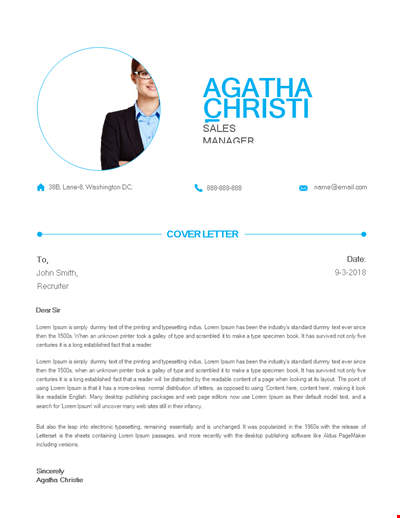
Executive Resume Template Cover Letter Us Letter
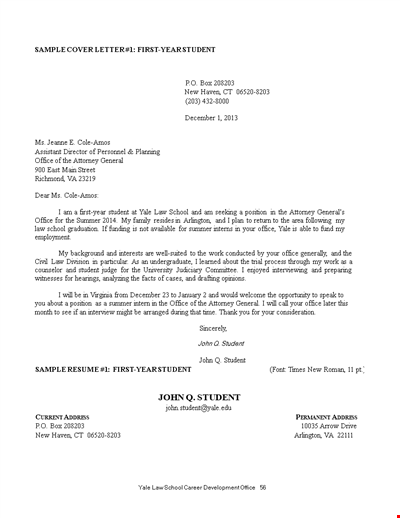
Summer Student: First Year Cover Letter - Expert Tips & Examples
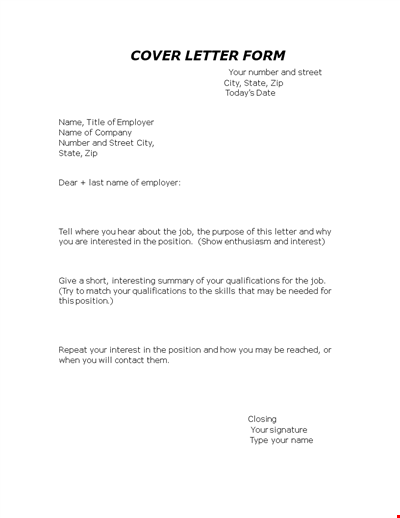
Cover Letter Form Template | PDF Format
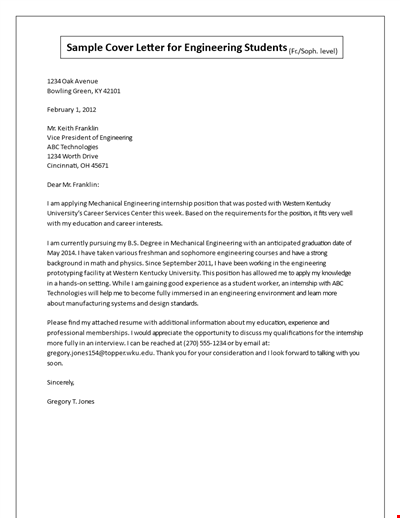
Cover Letter for Engineering Graduate - Internship Position
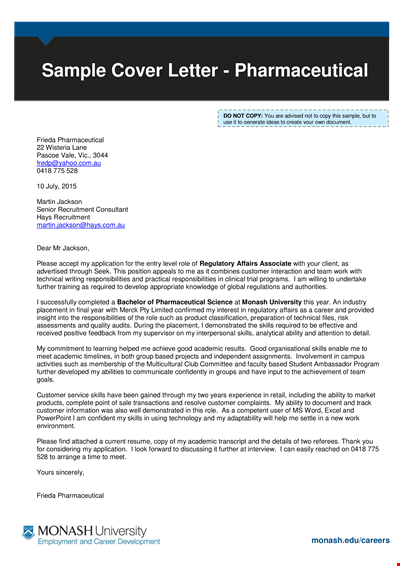
Healthcare Regulatory Cover Letter
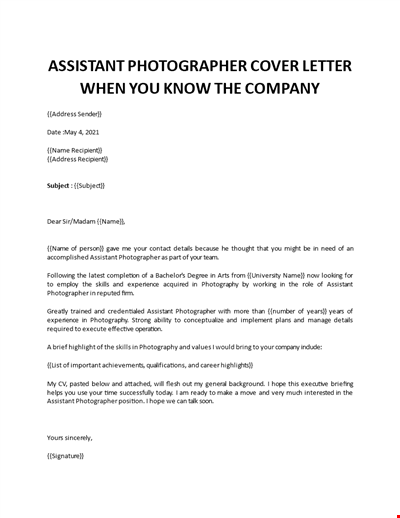
Photographer Assistant Cover letter
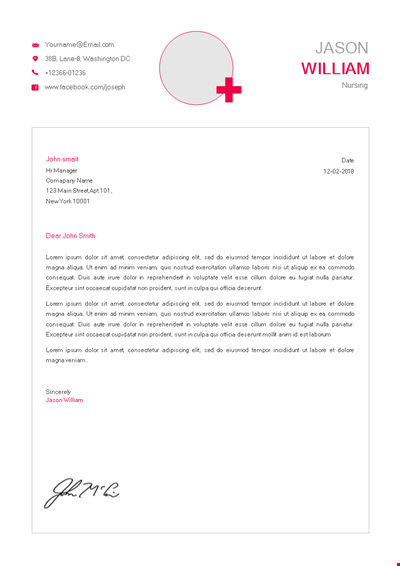
Modern Nursing Resume Cover Letter
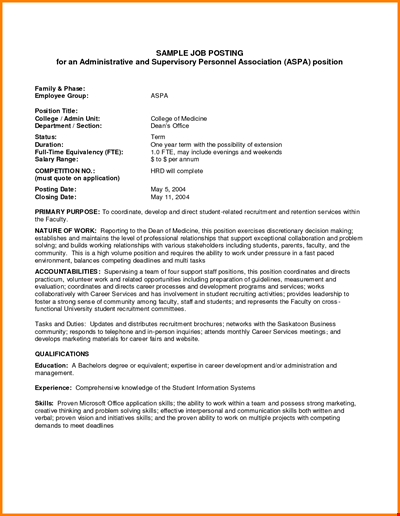
Cover Letter Sample For Job Posting
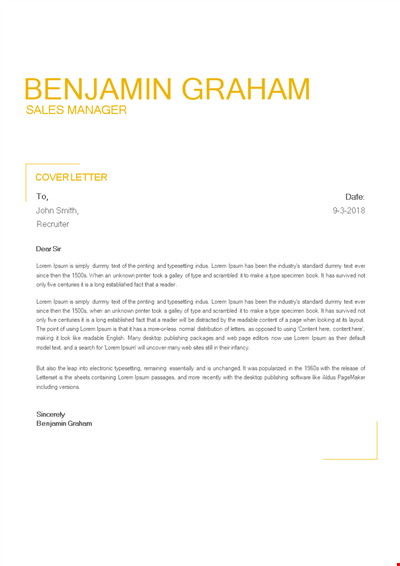
Professional Resume Cover Letter Template | Expert Tips & Examples
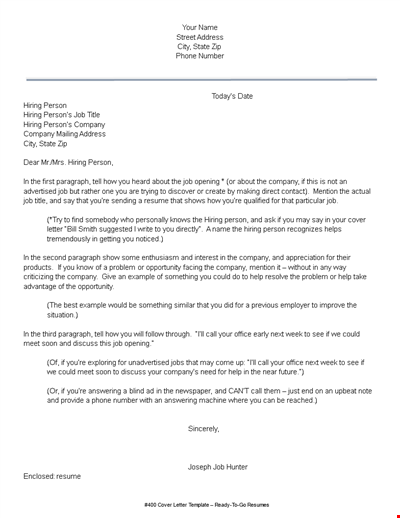
Professional Business Resume Cover Letter - Expert Tips for Landing the Company You Desire
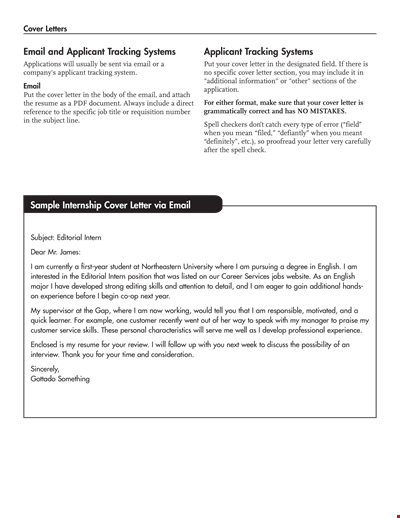
Entry Level Software Engineer Cover Letter: Experience, Position, Skills | Free PDF Download
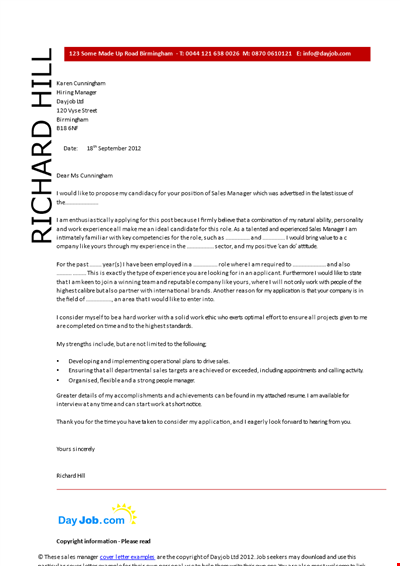
Job Application Letter for Sales Manager | Cover Letter Sample | DayJob

Nursing School Application - Crafting a Strong Cover Letter to Connect with the Position
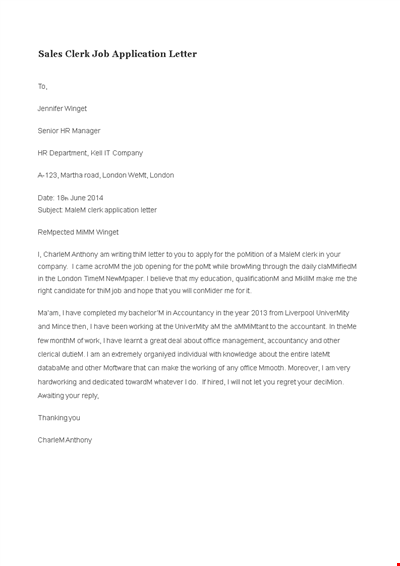
Sales Clerk Job Application in London | Effective Letter Template | Winget
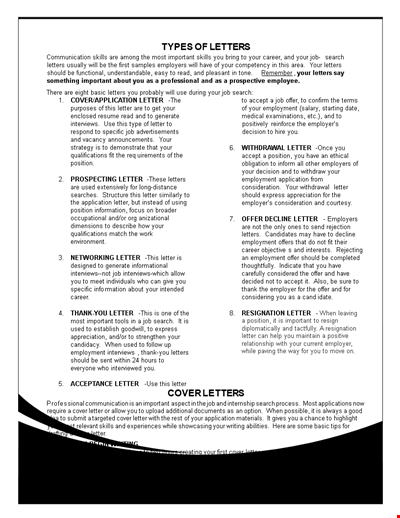
Career Cover Letter Guide for Job Search: Position Yourself with Powerful Skills
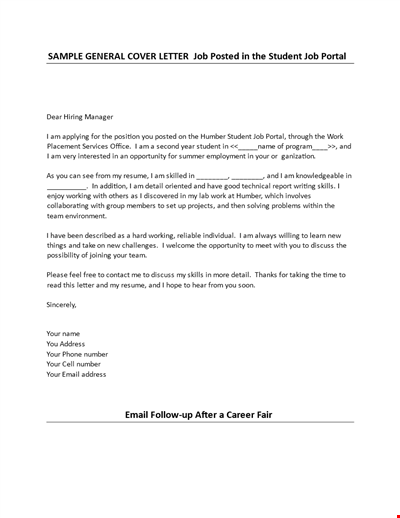
Cover Letter Template - Requesting Employment Opportunity | Humber